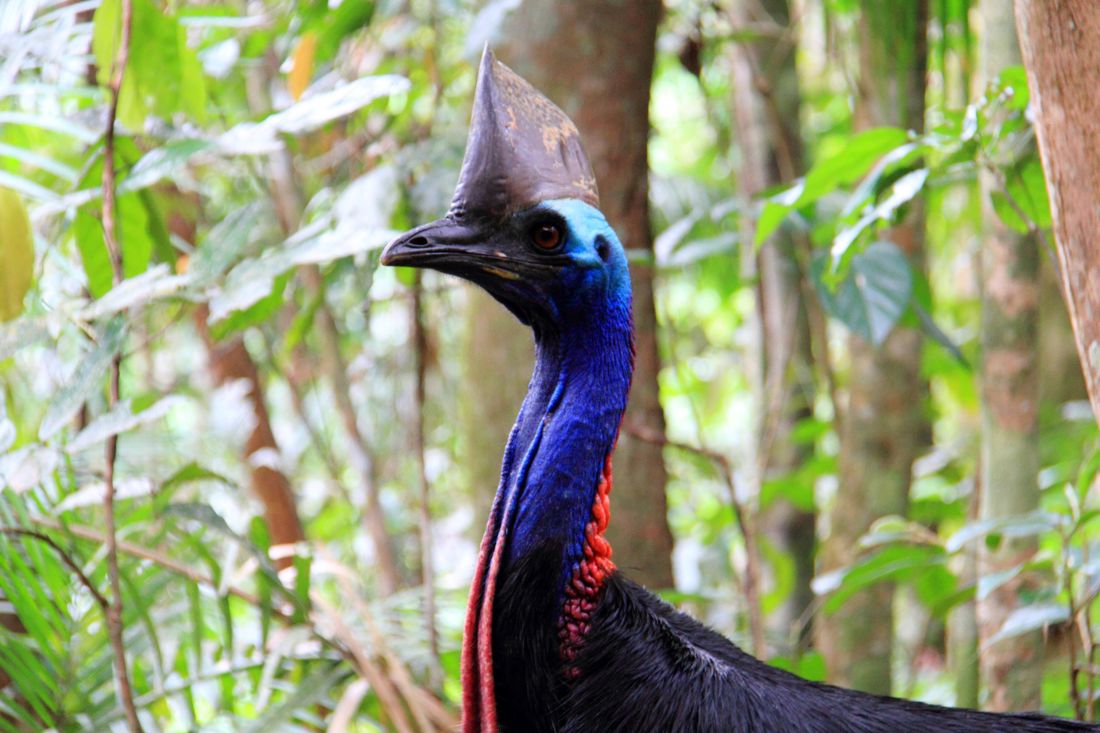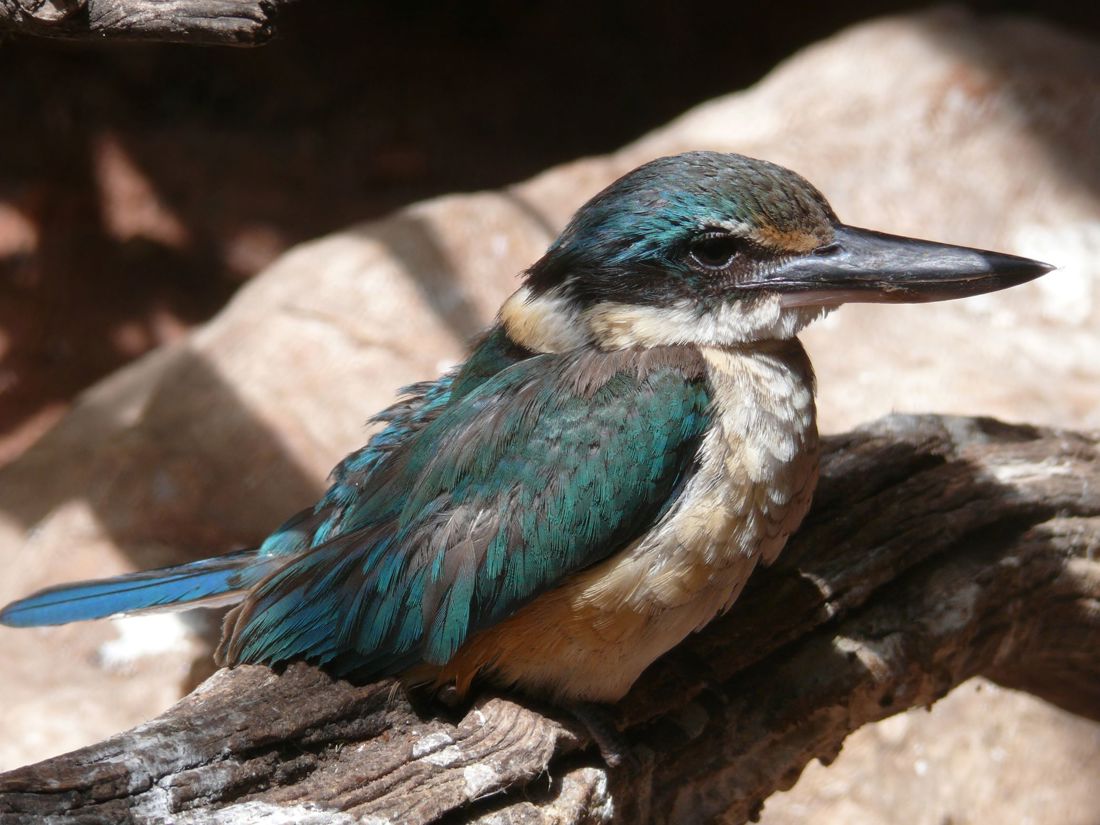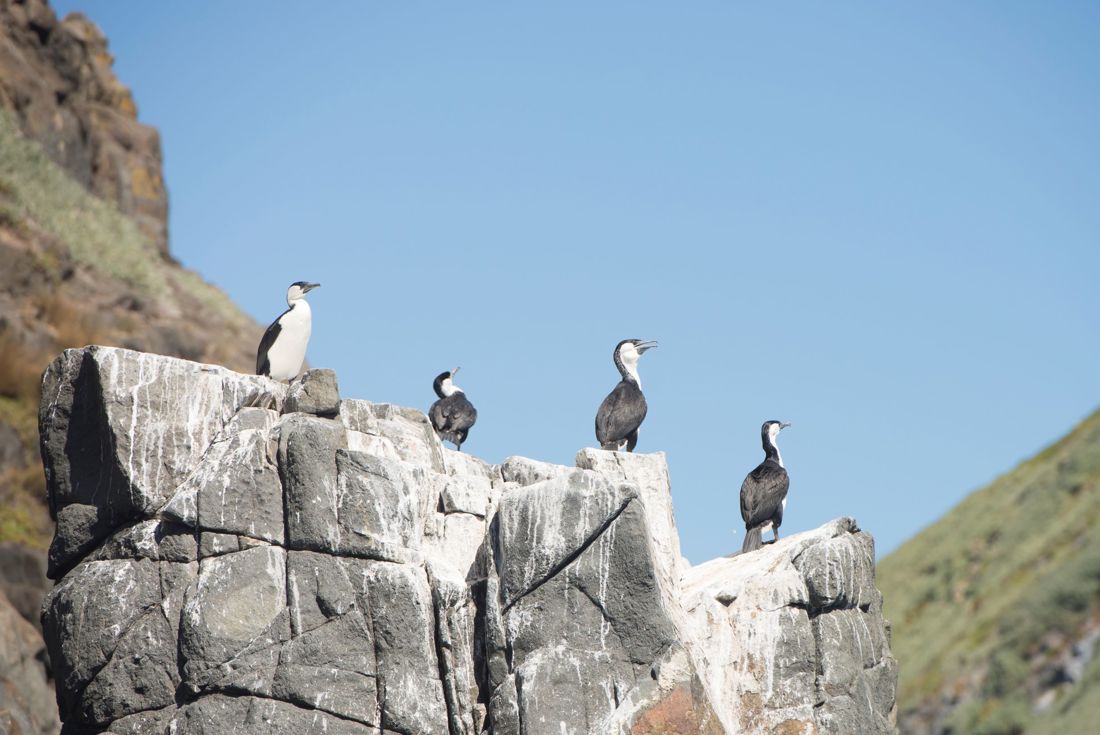
Look out! 10 best bird-watching spots in Australia
Australia has hundreds and hundreds of magnificent bird species to view, from bustards, bee-eaters, and buttonquails to penguins, petrels, and parrots.
These colourful, captivating, and intriguing winged-wonders whizz around the countryside providing endless joy for birdwatchers young and old.
And if you’re itching for some twitching, then you must check out these prime bird-watching sites. From east to west and everywhere in between, here are the top 10 best Australian bird-watching spots.

1. Kakadu National Park, NT
Kakadu National Park is a wonderland for wildlife, and you’ll find 280 species of birds in the park. It’s especially good for waterbirds, which are drawn to the vast wetlands and billabongs. Key species to watch out for include magpie geese, large-billed pelicans, and brightly coloured kingfishers.
Visit when…staying at Mary River Wilderness Retreat, BIG4 Howard Springs Holiday Park or BIG4 Hidden Valley Holiday Park.
2. Mission Beach, QLD
The cassowary is Australia’s second-largest bird (after the emu) but is much more exciting to find in the wild. These huge birds stand up to 2m tall and look sort of like an overgrown turkey. The rainforest around Mission Beach in far north Queensland is one of the best places to see them and they sometimes even come onto lawns around town. Keep your distance – they have been known to attack people.
Visit when…staying at BIG4 Tasman Holiday Parks - South Mission Beach or BIG4 Kurrimine Beach Holiday Park.
3. Daintree Rainforest, QLD
More than 400 bird species can be found in the Daintree region of far north Queensland. Keen birdwatchers can see nine out of 10 Australian kingfisher species along with honeyeaters, herons, robins, parrots and cassowaries. Take an early morning cruise along the Daintree River for guaranteed sightings.
Visit when…staying at BIG4 Port Douglas Glengarry Holiday Park, BIG4 Kurrimine Beach Holiday Park, NRMA Palm Cove Holiday Park or in Cairns.

4. Broome Bird Observatory, WA
More than 100,000 migratory shorebirds pass through the Broome Bird Observatory each year. Many have flown 6000km from China to land on the mangrove-lined shores. The best time to see them is between March and May when thousands of birds will leave together each evening. The yellow chat gets twitchers most excited and some will travel from across the world just to see it.
Visit when…exploring the North West WA region.
5. Scenic Rim, QLD
Roughly 300 species live in the Scenic Rim region in southeast Queensland and at least half of these are seen on a regular basis. To assist visitors, the local tourist board has established the Feathered Friends Trail, a driving route that takes in places with the highest concentration of birds. You can see every species of raptor (birds of prey) here, including the wedge-tailed eagle, as well as black cockatoos, bowerbirds and lyrebirds.
Visit when…staying on the Gold Coast at BIG4 Gold Coast Holiday Park or NRMA Treasure Island Holiday Park or in New South Wales’ Northern Rivers region.
6. Lord Howe Island, NSW
This little island is a great example of how isolation can impact birdlife. The whole island is a World Heritage area, meaning all wildlife is protected, and there is a high concentration of nesting seabirds. Look out for the flightless Lord Howe woodhen pecking through the subtropical rainforest or curious petrels, which will fly down to see people as they climb Mt Gower.
Visit when...staying in the Port Macquarie region at North Haven Holiday Village, Port Macquarie Rental Village or Ingenia Holidays Bonny Hills.

7. Gluepot Reserve, SA
This reserve in the Riverland area of South Australia has been described as a conservation miracle. It’s home to 18 threatened bird species and is one of the only places you can see the black-eared miner and the scarlet-chested parrot. The reserve is made up of mallee scrub and dry bushland with plenty of hollowed out logs perfect for nesting birds.
Visit when…exploring the Riverland region.
8. Bruny Island, TAS
Tasmania is home to 12 species that are found nowhere else on earth and you can see all of these on Bruny Island off the southeast coast of Tasmania. The Inala Reserve, a 600ha property on the island, is one of the prime birding spots with 95 species including six that are endangered. You can also see fairy penguins on Bruny, which is the littlest penguin in the world at just 40cm tall.
Visit…on a daytrip from Hobart when staying at BIG4 Hobart Airport Tourist Park.

9. Chiltern, VIC
Chiltern is the premier birding location in southeast Australia with about 200 species spotted on a regular basis. There are a number of walking trails through the national park, or you can set up camp next to one of the large dams in the region and wait for the birds to come to you. Visit in spring to see the turquoise parrot, regent honeyeater, barking owl and square-tailed kite.
Visit when…staying at nearby BIG4 Rutherglen Holiday Park, BIG4 Wangaratta North Cedars Holiday Park or Valley View Caravan Park in the King Valley or BIG4 Albury Tourist Park or Wodonga Holiday Park in the Albury-Wodonga region.
10. Eyre Bird Observatory, WA
This remote observatory is in the Nullarbor region close to the Great Australian Bight. It was established in 1977 as Australia’s first bird observatory and there’s still a big focus on research. Visitors are even asked to participate in studies, counting shorebirds or assisting with banding. The research station is in the original Eyre telegraph station building that dates back to 1897 and there’s also an interesting display about the history of the site.
Visit when…staying in the region at Elliston Caravan Park or on your way to Norseman, WA.
Isn’t it time you flew off into the sunset? Book your next BIG4 break now.
Written by Lucy Jones. First appeared on Over60.















































































































